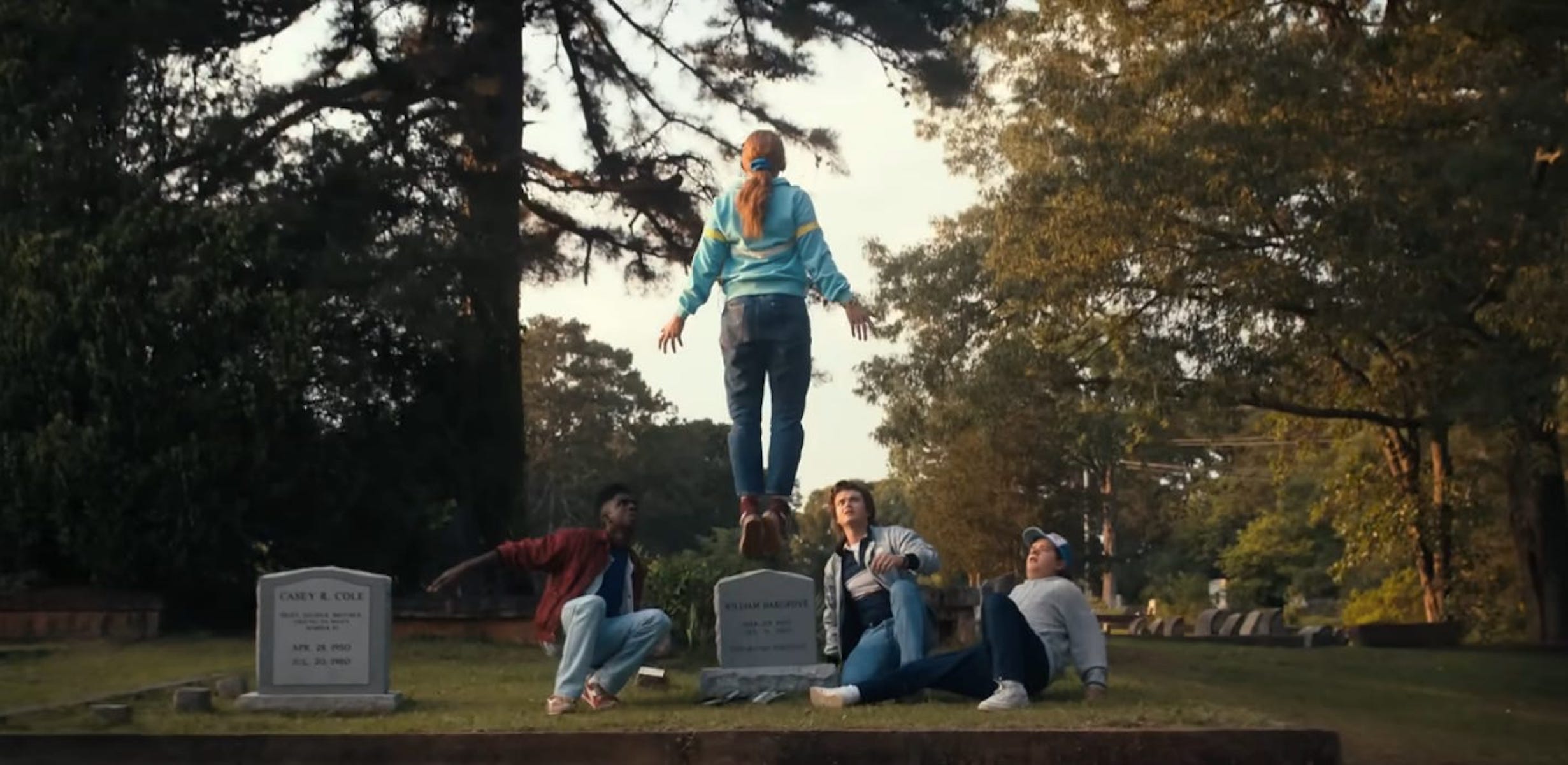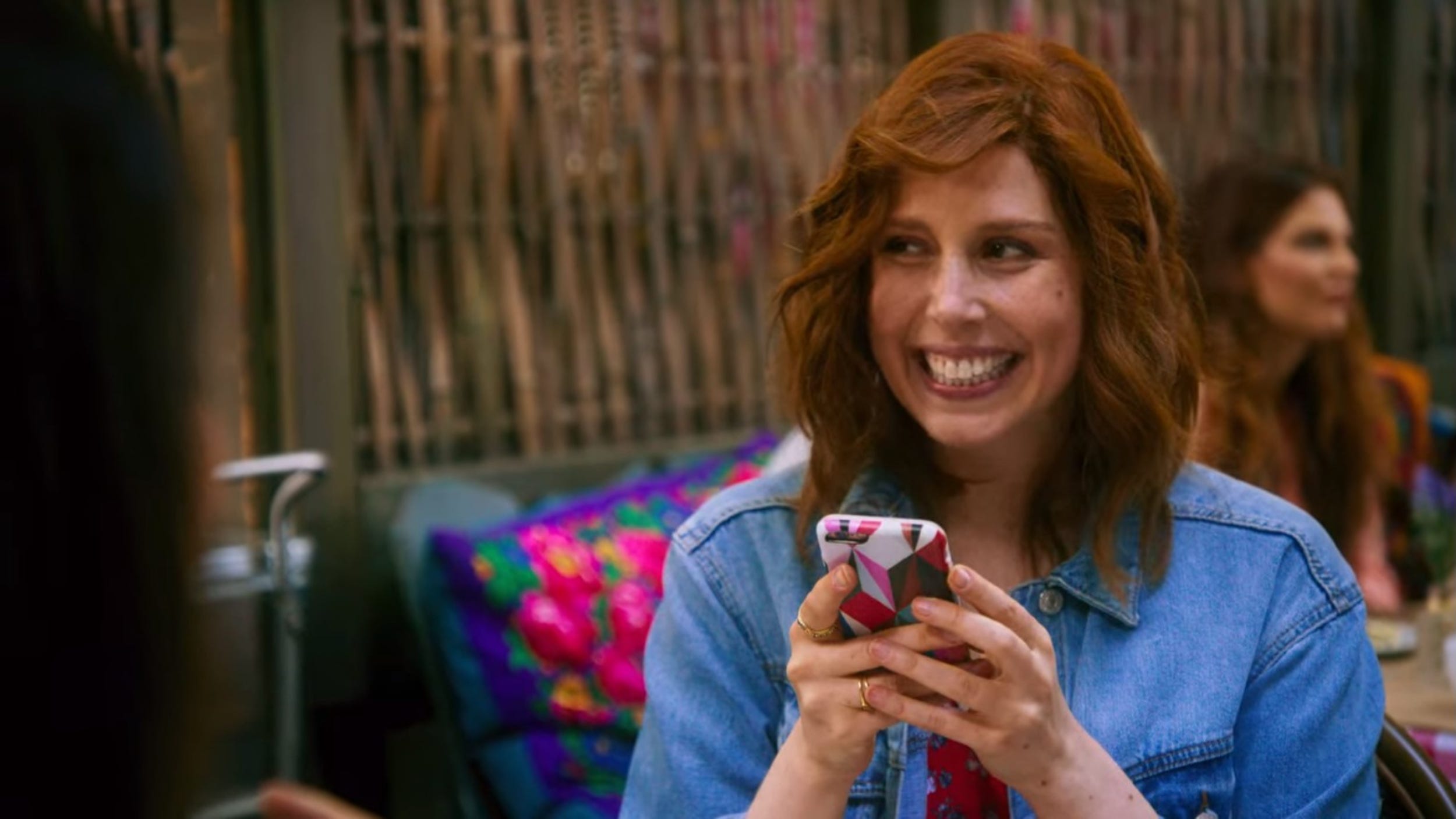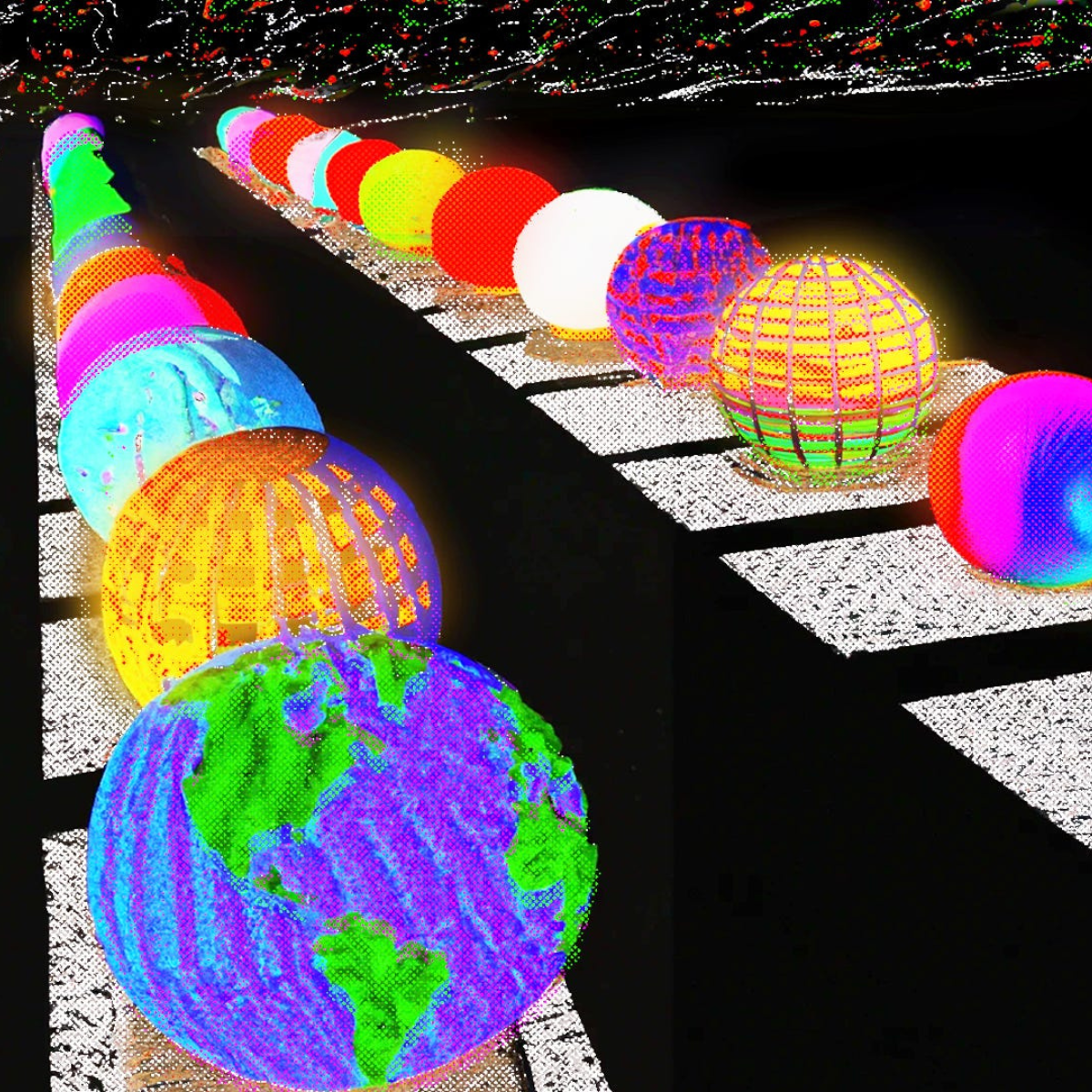- Magazine Dirt
- Posts
- The death of canon
The death of canon
After the monoculture, what's next?

Andy Warhol's Campbell's Soup Cans, 1961-1962.
Sam Valenti IV on what’s next.
“Consider submerging yourself in the canon of great works. Read the finest literature, watch the masterpieces of cinema, get up close to the most influential paintings, visit architectural landmarks, there’s no standard list, no one has the same standard of greatness, the canon is continually changing across time and space…” — Rick Rubin
With the shared disruption of time, the loss of monoculture, and the continued push towards ever faster and deeper information bubbles, a schism in our shared cultural values has emerged.
Looking for clues on where the canon is going, I wanted to reinvestigate what the term meant. As artist Simon Denny put it on Mat Dryhurst and Holly Herndon’s Interdependence podcast, “[Canon is] an agreed-upon consensus around what's important historically, in a certain genre or lineage of making artwork.” Dryhurst, an art history nerd, goes on to describe canon as a “kind of guide rail” of what we consider important culturally, which is reinforced by the work of institutions, universities, auction houses, press, etc.
But what is the canon now, really? And what will it become?

While canon is often used to describe high or fine art, it is also used as an aesthetic or moral due north that applies to popular culture. The idea of canon implies that the awareness of certain things is passed down as a norm, in that we talk about certain works of art as rites of passage in our education.
So for example, we agreed, as a culture, that Andy Warhol’s Campbell's Soup Cans (1961-1962) is both a seminal work of art and serves as a bedrock for the entire Pop Art movement, making the work something worth teaching and passing on. That’s canon.
The way things are canonized follow no certain path. Indeed many canonical artists and works don't achieve this state upon arrival and often are met with derision for their newness, unfamiliarity, and innovation. And yet canon has also favored the “winners” in culture, which has led to a myopic view of that which is esteemed (consider the phrase “the Western canon”).
There have been considerable attempts to upend the canon over the past 10 or so years. Sometimes this upending is moral, around the content of works, or the allegations and sad truths around the artists themselves. Oftentimes the need to reassess the canon’s historical inclusion of predominantly white male artists has been crucial. (A positive example in the experimental music canon is the rediscovery of the late Black composer Julius Eastman, whose work was largely forgotten in comparison to his downtown NYC peers, and has now found greater success in death than in life.)
So why should we be thinking about canon at all? Won’t it take care of itself? The collective time melt (uh, “vibe shift”) has led to an increased distrust in institutions, which means commonly held beliefs have potentially been upended. It’s important to know where things stand to understand where they go next, if we can at all.

ICYMI
|

Read this next...
|
|
|
|





